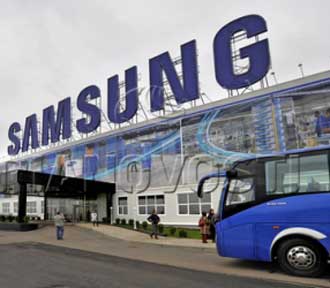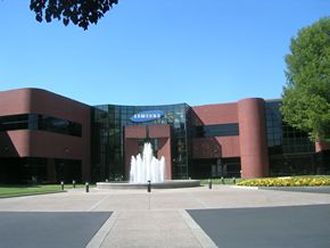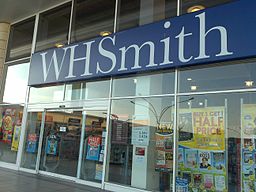 Samsung confirmed its first annual profit decline since 2011, but said that a fourth quarter pick up indicated that earnings may have stabilised.
Samsung confirmed its first annual profit decline since 2011, but said that a fourth quarter pick up indicated that earnings may have stabilised.
The smartphone maker lost market share for three consecutive quarters up to July-September, and analysts say the trend likely continued in the October-December period.
The Tame Apple press claims it is because Samsung cannot beat the super bendy iPhone 6, but it is more likely that Samsung has seen its Chinese market disappear to locally made brands. It has also suffered from a weak won, which explains its limp.
Healthy memory chip demand and improvements in the mobile business on the back of new mid-to-low tier smartphones are buoying hopes that Samsung has at last staunched the bleeding.
Samsung said its fourth-quarter operating profit is likely to be $4.74 billion, beating what the cocaine nose jobs of Wall Street had predicted.
The outlook means Samsung’s 2014 profit will probably be the weakest in three years, although it marks a rebound from the third-quarter’s profit which was the firm’s lowest quarterly result in more than three years. The company is expected to release its annual results later this month.
Most analysts expect profits to continue improving through at least the second quarter of 2015 with the outfit’s semiconductor division to do much better than the mobile business in October-December.
The company did not provide a breakdown of its earnings figures in Thursday’s outlook, but a person with direct knowledge of the matter said that components sales picked up across the board, with healthy demand for memory chips and higher liquid crystal display panel prices.
The mobile division’s contribution to Samsung’s profit has slipped from about 68 percent at its peak in 2013 to about 44 percent in the third quarter.



















